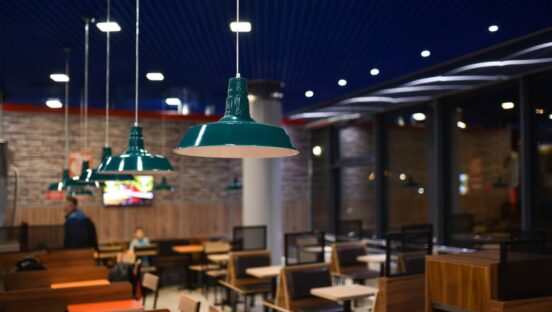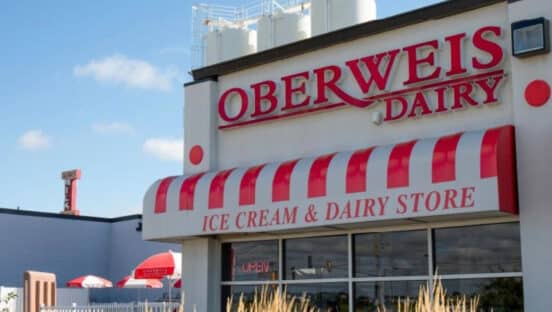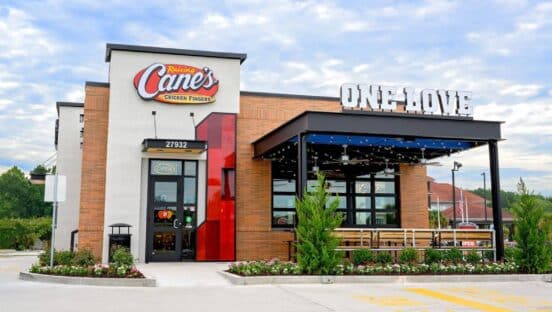The race for customer loyalty and trust is on. While it might be easy to turn to tech or labor as the key pillars, the conversation has far more layers. Zenput, a mobile platform that helps restaurants track operations using a phone or tablet, recently surveyed 90 chain operators to take the pulse of the debate. Zenput is the same company Chipotle tapped to help with its food-safety protocols, and is also used by Domino’s, KFC, and Jersey Mike’s, among others.
The helicopter view of what Zenput discovered: corporate brands and franchise organizations are struggling with the all-important handoff to field and store staff. Employees are failing to translate critical operations strategies into consistent and positive customer experiences.
What’s causing this? What are the top hurdles operators should watch for? And where lies the greatest potential for improving operational efficiency and guest experiences over the next 12 months? Let’s dive in.
Methodology: Zenput surveyed restaurant operations, including district and regional managers, IT professionals, and C-suite executives in September 2018. The study was released Tuesday. Nearly half of those who participated were quick-service employees, while 29 percent hailed from fast casual, and 21 percent from casual dining.
The gap between strategy and execution
As anyone in the restaurant industry can attest, operators spend a lot of time and resources codifying and disseminating core procedures and initiatives. But something’s going astray after the handoff to field-level employees.
More than 70 percent of the operators surveyed said restaurants fail to execute the operating procedures they’re given. Nearly half (48 percent) said a breakdown in communication between stores, district leaders, and headquarters is a serious obstacle to driving consistent results.
In regards to rolling out core procedures, like food safety protocols and basic marketing promotions, including limited-time offers, only one in five respondents graded store compliance as “very effective.”
Fast-casual operators struggled the most, with only one in 10 rating compliance as “very effective.” Quick-service operators were more positive, with one in three boasting very effective rollouts at the restaurant level.
This aligns with some of the other trends you see in fast casual. Some brands simply have scaled too quickly without proper infrastructure in place. They grew because they were popular, not because they were ready. And it’s why the system started to bend instead of growing stronger. This is less of an issue for larger quick-service players that have hefty resources and growth charts that hail from years of brand affinity and operational experience.
Also, as Zenput points out, getting timing and execution right is harder than it looks, especially when you don’t have the proper tools for the job. Even with the right talent and training, restaurant operators find they’re not well equipped to quickly and effectively communicate the things that are more important to field and store employees. In turn, they fundamentally struggle to overcome the realities implied by distances between HQ and each store to ensure compliance remotely.

The issue with visibility
Ask any emerging restaurant operator their greatest fear and you’ll likely to hear the following: I won’t be able to see what’s happening, every day, at every store, if we grow or franchise. It’s arguably the biggest challenge to becoming a multi-unit organization. It’s tough to let go of something that might as well be related to you.
Only one in three of those surveyed by Zenput said they had “very clear visibility” into individual restaurant compliance with operating procedures, standards, and the rollout of new initiatives.
The inability to track compliance, Zenput said, is only part of the problem, though. If restaurant operators can’t peer into day-to-day workings, they can’t find out about routine problems—including ones that could easily be resolved. By the time they do, the small issue has become a big one, and a nuisance is now a threat.
We’re talking things like broken equipment, dirty restrooms, and incorrect signage. While these should be a quick fix, they can have lasting and negative impacts on your brand when left to fester. Forty-six percent of respondents said it takes anywhere from one to four weeks to address store issues once identified. Perhaps even more concerning, Zenput said, is the response time as it pertains to food safety issues—when the ability to act fast is absolutely essential.
On that food-safety note
We don’t need to go too deep into Chipotle’s past issues, but it’s worth noting one example. If you go back to the summer of 2017, long before Brian Niccol entered the picture, Chipotle founder Steve Ells was left addressing a Sterling, Virginia, incident that affected more than 130 customers. He explained the norovirus flare up like this: “We have isolated the failure that occurred. It was a failure in one restaurant to comply with our procedures to prevent norovirus.”
That last point is exactly what Zenput is preaching. Without real-time visibility, it’s easy for food safety to slip through the cracks. Only half of respondents said they were “very confident” in their ability to identify potential food-safety concerns before they become an issue. “That’s staggering given the fact that just one well-publicized bad experience in a single store can undermine your entire brand and negatively impact sales across all locations,” Zenput said.
Zenput said the effectiveness of store audits are partially to blame. Only 26 percent of restaurant operators said audits were performed “very effectively” in terms of timeliness and issue resolution despite committing what seems like adequate time and resources to the task.
In fact, operators reported that field personnel spend anywhere between 4–10 hours (or more) per week conducting, reporting on, and tracking audit-related issues.
So if restaurants are dedicating a reasonable amount of time and talent to audits, and still don’t feel comfortable, what’s going wrong?
Scale, for one, slows the process down. When looking across restaurant segments, 76 percent of smaller franchise operators (those with 10 or fewer stores) said they were “very confident” in their ability to stay ahead of potential food-safety issues. Larger brands, however, were less certain—only 48 percent of franchisees with 10 or more stores, and 33 percent of corporate brands (those with 50-plus locations) felt confident in their ability to avert a food-safety crisis.
This is kind of the rough reality of a multi-unit system once it blossoms. But, ultimately, the biggest underlying failure, Zenput said, appears tied to visibility and communications. The more stores you manage the harder it is to quickly disseminate information and verify compliance, at least using traditional manual solutions.
Why is this such a big deal? According to a Johns Hopkins Bloomberg School of Public Health study, the cost of a single foodborne illness outbreak at a fast-casual restaurant could cost upward of $2.5 million depending on the severity of the outbreak, the amount of lawsuits, fines, and legal feels, as well as the number of employees and guests impacted.
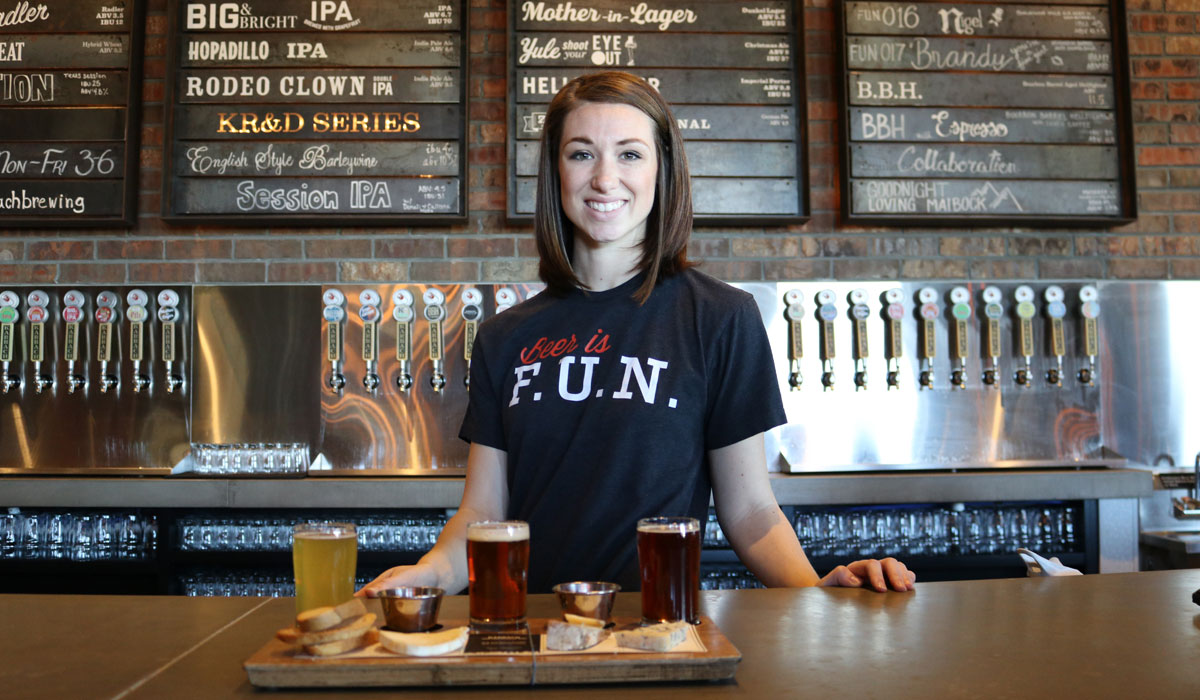
Accountability counts
Zenput uses the analogy of a race baton to illustrate its point. For restaurants, the baton is their brand standards and field and store employees are their ambassadors. If these customer-facing employees can’t carry the brand the distance, everyone loses.
Once more, Zenput pointed to visibility as the culprit. If restaurant operators can’t see who’s dropping the baton, they can’t hold them accountable or coach them to achieve better results. Only 24 percent of respondents (less than one in four) said they’re able to “very effectively” hold their field employees accountable for their work. This was even worse at the store level, with a mere 18 percent of respondents reporting they were able to hold employees working in their stores accountable.
Zenput’s survey suggests that restaurant operators should invest in mobile technology to help resolve some of their most debilitating operational hurdles. What better way to reach employees than through a device that never leaves their side?
Is mobile the answer?
If restaurant operators could be everywhere at once, none of this would be a problem. But that’s why owners delegate. Field and store employees are an extension of your brand promise. And keeping everyone connected is the key to driving better outcomes. On a positive note, it’s actually a more attainable ideal than ever. Zenput’s study found that 92 percent of respondents said they’ve either started using mobile technology to enable their store operations or have plans to do so in the near future.
“Mobile is a potential game-changer in an industry where operations are geographically dispersed and real-time communication is so critical,” Zenput said.
Mobile can hold employees accountable for store success and connect and empower them. Some 67 percent of those surveyed reported having at least one tablet in place for back-of-house use in each restaurant, with 21 percent reporting two tablets. They said they currently leverage mobile platforms to tackle a variety of back-of-house operational functions, including everything from audits to inventory tracking and employee training.
“As technology becomes more sophisticated, restaurant operators are eyeing even more ways to streamline operations and they’ve already allocated future funds accordingly,” Zenput said. So, really, we’re just getting started.
Where are the investments going?
Not surprisingly, restaurant operators plan to equip their field and store employees with technology they can use on the run, investing in mobile solutions to stay competitive, drive operational excellence, and create great customer experiences, Zenput said.
Get devices into the hands of employees. Forty percent of those surveyed said they plan to purchase at least one additional tablet for back-of-house use in each of their restaurants over the coming year.
Additionally, restaurants are keenly focused on procuring the right mobile operations technology to support an ever-expanding list of must-have capabilities. Among the top functions identified by respondents representing corporate brands and franchisees alike: employee training, audits and assessments, and inventory tracking.
Here’s how it broke down:
Corporate brands
- Store tasks and audits
- Inventory tracking
- Temperature reads/monitoring
Franchisees
- Employee training
- Audits
- Inventory tracking
More than a quarter of Zenput respondents said they plan to use mobile to enable other operating procedures, like filing incident reports electronically and rolling our marketing promotions.
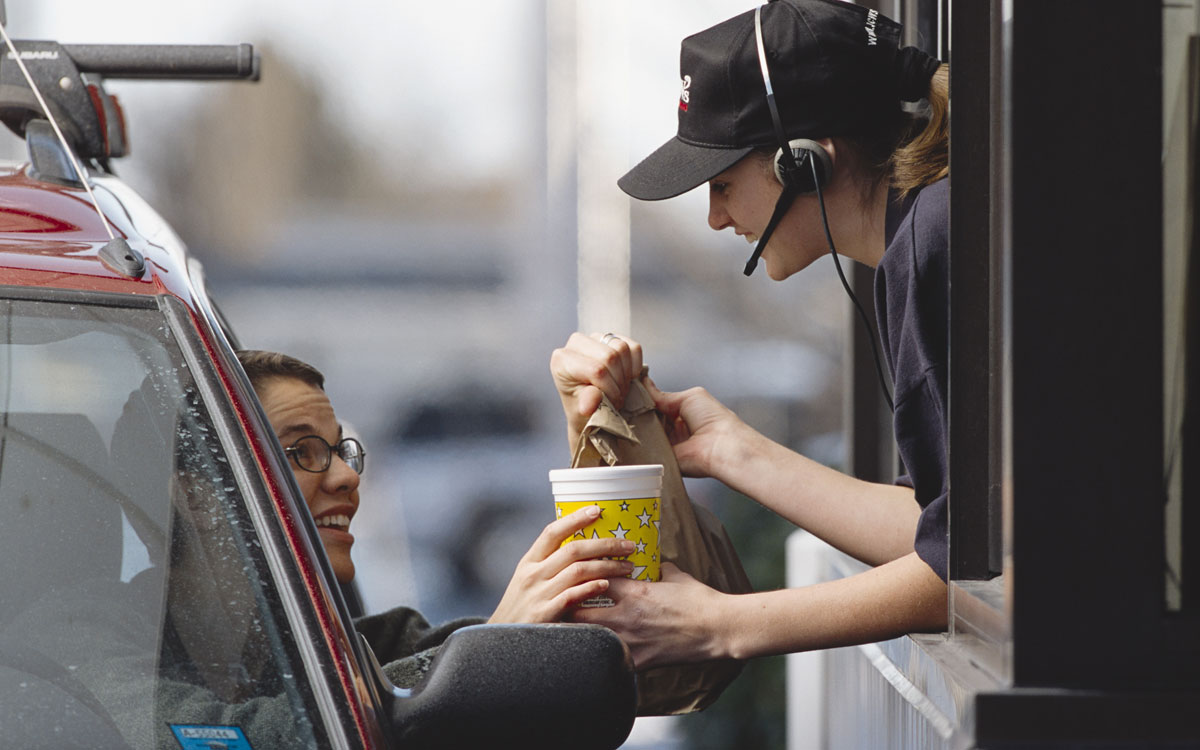
What can you do?
A lot of these problems are age-old issues that come with spread-out locations. But recent advances in mobile and cloud technology are making it easier to overcome those physical barriers, and providing a window into operations at every location. That said, achieving operational excellence is less about looking over people’s shoulders and more about having their back, Zenput explained.
Employees can’t just be held accountable. They also need to be motivated to do better.
Real-time visibility inspired engagement by showing workers that what they do, every day, matters. “It’s a fact of human nature that we all behave better when we’re being watched,” Zenput said. “But it’s also human nature to want to take ownership of our actions.”
Tablets and smartphones put everything restaurants need to manage performance at the touch of a finger. They can nimbly roll out new procedures and initiatives to remote personnel quickly—“getting everyone on the same page simultaneously and effortless. More importantly, they can also easily see which stores are executing and complying, and which are not,” Zenput said.
For employees, they can get daily store checklists on their phone instead of taped to a wall. And procedures can change in real time. They can also instantly report their progress and flag issues so they can get resolved faster.
“Empowering employees to do things like easily snap photos, record videos, and send reports through their mobile devices means you now have eyes in every store and your employees have a vested interest in better outcomes,” Zenput said. “That’s a win-win.”
A well-trained, informed, and empowered customer-facing employee will always be a restaurant’s most valuable asset. Having the authority and technology to make independent decisions when needed, allows employees to better serve guests, and, in turn, your company.








